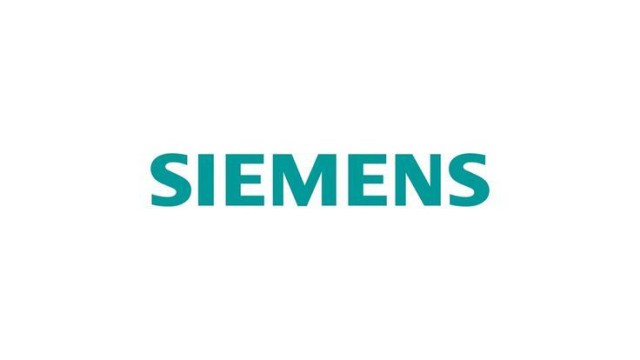Smart building conversion using smart finance could save billions

Siemens Financial Services (SFS) has released a new insight study which estimates the cost of official buildings energy conversion targets to 2040. The model covers five sectors in fourteen countries: offices; hospitals; manufacturing; public buildings; and education
• It is widely accepted that smart buildings add value by delivering agility and flexibility in the “new normal”
• Only smart buildings can fully support returning occupants in the face of myriad pressures including hygiene, safety and environmental regulations
• In a budget constrained environment, energy efficiency savings are increasingly seen as the ideal starting point for smart buildings transformation
• New research from Siemens Financial Services (SFS) estimates the cost of official targets for buildings energy conversion to 2040 in five sectors across 14 countries. These are: offices ($62 billion); hospitals ($14.4 bn); manufacturing ($33.9 bn); public buildings ($6.2 bn); and education ($74.8 bn)
• Smart financing solutions play a major role in enabling future savings which can be used to finance the cost of conversion
The paper, entitled Smart buildings: driving value in the “new normal”, identifies energy efficiency savings as the ideal starting point for smart buildings transformation (either as a single investment or as a series of incremental projects), with smart financing techniques playing a major role in enabling those future savings to finance the cost of conversion.
Among the key drivers currently accelerating smart building conversion are: 1) pandemic pressures, which require intuitive capabilities to protect occupants’ safety and justify the retention of the asset; 2) economic drivers – heightened by the pandemic – are driving the search for cost efficiencies in buildings, especially through energy efficiency; 3) patterns of work, affecting building demand and use; 4) added value, not only do smart capabilities tangibly add to buildings’ rental and asset values, buildings which do not convert to smart may become obsolete and radically depreciate.
There are 2 main types of smart financing techniques, which enable energy efficiency conversion and smart implementation. First, there are whole building arrangements, where energy savings are harnessed to fund the cost of a complete retrofit. Second, building efficiency and smart buildings projects may be undertaken in smaller incremental steps. Here the cost of conversion can be spread over a financing period – managing cash flow by aligning expenditure with the rate of energy savings.
“The way official buildings are used has shifted dramatically across sectors in the last year,” says Mark McLoughlin, Siemens Industries and Markets, Siemens Financial Services, UK. “Owners need to invest now to make buildings safe and suitable for occupants, but they should also consider how smart finance solutions alongside smart technologies can improve the underlying operational cost base of their assets in the long-term.”
Methodology
These estimates are calculated using third party estimates of conversion cost and referenceable m2 estate data across a number of key sectors. The GABC’s official predictions of cumulative buildings energy efficiency conversion rates needed to meet international climate change targets were calculated to 2040. The resulting rates were then multiplied by average energy efficiency conversion costs per m2. Finally, costs and conversion rates were combined with data on the m2 estate in 14 countries across the offices, hospitals, manufacturing, public buildings and education sectors.
www.siemens.com/smart-buildings-investment
www.siemens.com/finance







